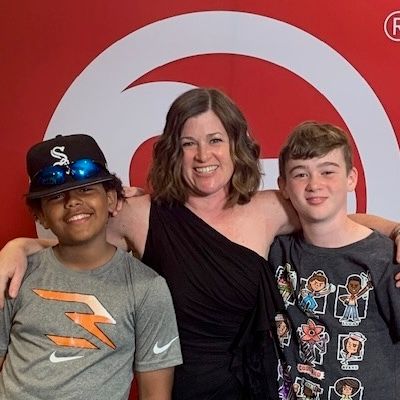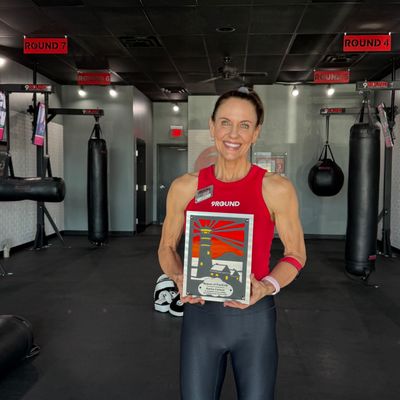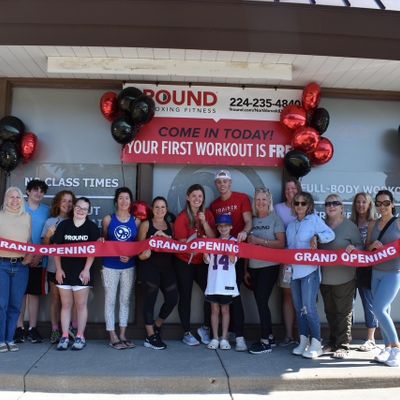Busting Fitness Myths: “No Pain, No Gain”

The phrase “no pain, no gain” is one of the most common sayings associated with working out, but it causes a lot of confusion about what’s considered an effective workout. Does it mean if you’re not in pain after your workout that you didn’t push yourself hard enough? If you’ve ever finished a workout and didn’t “feel the burn” afterward, we’re here to let you know that you can stop beating yourself up over it! We’ve got a few reasons that this slogan is untrue, and how you should actually feel after your workouts.
A popular phrase that started out as an innocent way to keep us motivated during exercise turned into the idea that your body should always be in pain after working out, or it wasn’t worthwhile. To debunk this myth once and for all, we’ll break down what your body experiences after a workout.
According to ACE, the American Council on Exercise, there are two types of muscle soreness related to exercising:
- Immediate muscle soreness (AKA the pain you feel during, or immediately after, exercising)
- Delayed onset muscle soreness, or DOMS for short
If you’ve ever woken up the day after a hard-hitting 9Round workout and felt sore, then you were experiencing DOMS. Research has shown that, when working out, the tissue surrounding your muscles undergoes microscopic tears as a result of your muscles contracting and stretching. These tiny tears aren’t what directly causes your soreness, because feeling sore is considered a by-product of the healing process. After the “damage” is done to your muscles, they become slightly inflamed, and your body sends in electrolytes as healing reinforcements. Fully healing those muscles that were targeted during your workouts doesn’t happen immediately, and that’s why you might experience DOMS a day or two after your workout [1].
Now that you know the science behind expected muscle soreness, let’s talk about how to get an effective workout. There’s a huge difference between maximizing your time spent exercising (and making actual progress toward your fitness goals) and pushing yourself to the point of potential injuries. Pain does not necessarily mean you’re seeing progress, so be mindful of what type of pain you’re experiencing. When you make a lifestyle change, like going from couch-sitting to exercising several times a week, you might experience both immediate muscle soreness and DOMS more often. As you become consistent with your fitness routine, your body adapts to the effects of DOMS, and you get used to an active lifestyle. The soreness you experienced at first will start to fade, which is a sign that you’re making progress by building lean muscle mass, increasing your endurance, and more importantly, becoming a better you!
Because that type of progress doesn’t come from your comfort zone, it’s important to make the most out of your workouts without pushing your body’s limits too far. As you become accustomed to working out more frequently, you might start looking for other ways to challenge yourself physically. This is a good time to revisit your original fitness goals and gauge your progress. If you feel like you’re not pushing yourself hard enough, there are other ways to get out of your new comfort zone. You can always set your sights on maintaining your ideal heart rate and aiming for more PULSE points. This stage of your workout regimen might feel like a fitness rut, but don’t let your progress go to waste – find your “why” again!
The next time you hear someone say, “no pain, no gain,” you’ll know it’s not actually about pushing yourself to the point of pain during a workout, but about adapting to the soreness you experience afterwar. As always, you should pay attention to what your body is capable of and know your limits. If you’re not sure how to make your workouts more challenging, talk to a 9Round Trainer about your fitness goals!
- American Council on Exercise. “Don't Be a Sore Loser - Dealing with Muscle Soreness.” Dealing with Muscle Soreness | How to Reduce DOMS | ACE Blog, 28 Jan. 2009, acefitness.org/education-and-resources/lifestyle/blog/6650/don-t-be-a-sore-loser-dealing-with-muscle-soreness.


